2012-12-30 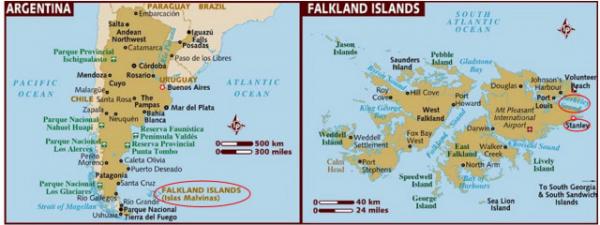
【Aiden in English】
The islands we bound for had two different names in the Atlantic Ocean. It depended upon whom we spoke with and what we talked about. Concerning the Argentine, the Islas Malvinas became a matter of national sovereignty. To the English, the Falkland Islands are a British Overseas Territory. Historically, there were settlements established by the French, British, Spanish, and Argentinians. Although the Falkland Islands were under British control, Argentina claimed the Falkland Islands as part of its territory. The serious conflict had affected how we entered the areas. For instance, we could not stop directly in the Falkland Islands after Ushuaia, Argentina. Otherwise, Argentina might not allow us to visit any places in its country. In 1982, a war broke out between Great Britain and Argentina that lasted approximately two months. They fought over the islands, which resulted in the deaths of 255 British, 649 Argentinians, and three civilian Falklanders. Eventually, Argentina lost, and England reclaimed power over the islands. Recently, tensions have escalated between the two countries regarding the long-standing issue. We had heard that the local Argentine authorities increasingly refused over half of the cruise ships inbound to Ushuaia directly from the Falklands in 2012, reportedly as a form of revenge. A couple from Australia, whom we met in Santiago, Chile, cruised with "Seabourn" on the way to Ushuaia from the Falkland Islands and failed to land in Ushuaia. No wonder we traveled between Chile and Argentina to comply with the diplomatic rules. In a way, our cruise ship had to first set foot in a neutral place, such as Cape Horn, Chile, and then detour zigzag back to the Falkland Islands. The Falkland Islands sat in wild, shallow waters and boasted a range of low cliffs, sandy whit beaches, and boulder beaches with extensive offshore kelp beds. The cruise ship could not dock too close to the shore, so we rowed the tender boats ashore. Interestingly, the islands in the southern hemisphere lie on the boundary between the subarctic maritime climate and temperate maritime climate zones, resembling the same climates as those found in England in the northern hemisphere. It drizzled constantly every year during the Christmas and New Year holidays. But this time of year, it faced the worst with the damp weather. Our tour to Volunteer Point was canceled involuntarily because the remote area had already become a swamp, and the roads had become congested and inaccessible. We missed taking a closer look at the northern coast, which is home to he largest rookery, populated with over 1,300 King Penguins in the Falkland Islands. Weighing from 24-35 pounds/11-16 kilograms and standing 3 feet/0.9 meters tall, the King was one of the largest species, second only to the Emperor Penguin. So there we were, at the crack of dawn, wearing waterproof jackets in the marsh-like streets, waiting for our tour guides to come to Stanley, the capital city on the windswept tip of East Falkland Island. We were planning to tour the Rockhopper Penguin Colony in Berkeley Sound. I hopped onto a 4-wheeled-drive SUV across Murrell Farm to travel over soft, boggy ground covered in grass and low-lying red crowberry or diddle-dee shrubs. Some penguins made out vague shapes in the distance. They were part of my imagination because they vanished like ghosts the next second. But my suspicions disappeared as the SUVs pitched and rolled out of control. I heard a penguin cry. However, it didn't matter at that moment. When I finally arrived at the craggy cliffs, I was greeted with a mean blast of all-natural cold wind and chilly water. Before I knew it, I was dripping water from head to toe. The best thing to do here was to watch the penguins hop down to the sea and gasp for food. A rookery of penguins with babies was sitting on the rocks before me. They must have been frightened and stood abruptly once they saw me up close. These little creatures were called Rockhopper Penguins, standing only 21 inches/53 centimeters tall and weighing around 5 pounds/2.3 kilograms, as one of the smallest among 17 penguin species worldwide. They were quiet and had no complaints beyond nonstop rain. Their sharp, orange beaks, elaborately curled yellow or white eyebrows, and bloodshot, red eyes would be terrifying if they were five times larger. I felt relieved when an SUV picked me up. Standing along such a rocky coastline, my nose seemed to have grown icicles, and my hands turned frozen solid. Soon, disaster struck. Two of the four SUVs got stuck in bogs. Luckily, my driver, with his expertise, had backed them up! He pulled out a long piece of wire and towed them out of trouble. After another bumpy ride back to Stanley Harbor, we met with our afternoon guide and were ready to tour the city immediately. First, we visited a Cathedral built from stone and brick, the southernmost Anglican Church in the world. It has a renowned arch monument constructed from two giant blue whale jawbones on its grounds. This iconic turn-of-the-century Anglican cathedral was a National Treasure in British currency. I was surprised to see a black cat sleeping on the altar of a 100-year-old Christ Church. Next, we walked past the post office, police station, the Liberation Monument, and a small outdoor museum featuring a real, lovely reindeer and numerous local whale skeletons. Santa Claus left it here after Christmas Eve. Many minefields remained, and no one dared to trespass on the restricted areas 30 years after the conflict between England and Argentina. In the following few hours, we ended it with trekking in the countryside, eating wild plants that had a lot of vitamins, watching Rock Cormorants wrapped in red scarves around their heads on the ledges of cliffs, jetties, and even shipwrecks, and accompanying flightless Steamer Ducks moved across the water. We then ran into some cute black and white striped Magellanic Penguins. They dashed into their burrows and hid like squirrels as we passed by like a bunch of hungry hawks. With some difficulty, I could trace out the shape of a sea lion and point it out to my mom. Its head was hidden in the tall grass, and its body was well camouflaged like a rock. The hike proved to be more challenging than expected. I started to drag my legs and paint Mom with mud. Sometimes, it got so muddy that my shoes would sink, and mud would pour in. It was good that Mom brought two pairs of outdoor shoes. I couldn't tell the difference between them as we hopped on the bus that drove us back to the port. 【红霞译】
我们下一站巡弋的大西洋岛屿有两个名字,如何称呼取决于我们的谈话对象以及谈话内容。在阿根廷“银色之地”人眼中,本是马尔维纳斯“光明誓言使徒”群岛;对英国人来说,实为福克兰“猎鹰”群岛。从历史上看,法国、英国、西班牙和阿根廷的祖先早先都曾涉足过此地,虽然福克兰群岛目前隶属英国境外领地,但阿根廷从未放弃马尔维纳斯群岛主权诉求,这么一来,两国争端势必影响我们出游这个地区。于是游轮不得不周密安排阿根廷与福克兰群岛之间停靠港口的顺序问题,并有意将智利“土地的尽头”合恩“海岬”角留作铺路石,我们从中立国分别出入对立国,既不伤害阿根廷人民族感情,也不远离英国乡间美景良辰,熊掌与鱼翅同时兼得。
追溯到1982年,阿根廷和英国之间发生过历时两个月的“战争”,他们为福克兰或马尔维纳斯群岛主权而斗,直接导致英国255人、阿根廷649人、本岛平民百姓3人共计907人死亡,末了以阿根廷妥协而告终,英国再度确立管辖权。最近一段时间,两国领土争端又进一步升级,保卫主权与收复失地问题又重新回到国际谈判桌前,听说今年(2012)以来,阿根廷地方海关为报复英国,接连拒绝超过半数以上经福克兰群岛入境的船只。不久前,我们在智利首都圣地亚哥“后继者”就遇到过一对来自澳大利亚“未知的南方大陆”的夫妇,他们所乘坐的西伯恩“海伯”豪华游轮离开福克兰群岛后因为没有途径中立国而无法进入阿根廷乌斯怀亚“深海湾”,使得两人浪迹天涯的梦想成为泡影。好在我们的游轮识大体顾大局,带乘客先到乌斯怀亚,再去合恩角兜风,之后才入福克兰群岛赏光,经公海驶进阿根廷其它领地。
福克兰群岛附近水域很浅,海岸线由低矮的礁石、银白的沙滩、巨大的鹅卵石、繁茂的海藻等组成,我们的游轮无法停泊港口附近,只能转乘交通艇上岸。有趣的是,位于南半球的福克兰群岛地处亚北极海洋性气候和温带海洋性气候交汇带,与位于北半球的大不列颠诸岛有着共同的气候特征。 每到圣诞节和阳历新年之间,福克兰群岛阴雨连绵湿度很高,今年这里正经历以往从未有过的降雨天气,致使我们行前预定去东北角“志愿岬”的旅游计划再一次落空。志愿岬是王企鹅根据地,至少有1,300只王企鹅在此成家立业,王企鹅体重24-35磅/11-16公斤,身高36英寸/90公分;就个头而论,王企鹅紧步帝企鹅后尘,在企鹅世界排行老二。
破晓时分,我身着雨衣,穿行在福克兰群岛首府斯坦利“石地”貌似沼泽地的街道,一边漫步闲逛,一边等待导游,斯坦利恰好座落于东福克兰岛风口浪尖上,我们打算从这里出发,前往伯克利“白桦林”海峡凤冠企鹅大本营观察其生态环境。 我跳上四轮驱动的越野车穿越穆雷尔“黑色”农场,跋涉在软塌塌、松垮垮、湿渌渌、草绒绒的岩高兰灌木丛中,一路上颠来晃去,非常刺激。远处隐隐约约出现一些企鹅,我分不清是幻觉还是事实,等仔细看过去,它们像鬼一般消失得无影无踪,不久车轮陷入泥潭,空转打滑失去前进动力,这时我又听到企鹅哭泣,看来这回不再来自个人幻觉。我顾不上考虑其它,一心只想着从泥巴里尽早解脱出来,好不容易抵达伯克利海峡时,没想到迎候我的却是一派狂风骤雨,我浑身上下淋得精透,眼下最想见识的就是企鹅如何从直起直落的悬崖顶端纵身飞跃茫茫大海扑捉食物。拖家带口的企鹅蹲坐在岩石上,见我朝它们走来,立刻警觉起身侧脸凝视前方,这些可爱的小东西名叫凤冠企鹅,身高达1英寸/53公分,体重约5磅/2.3公斤,属于17种企鹅个头比较小的一类,生性恬静,面对雨水骚扰毫无怨言。我想,如果它们的身材再魁梧出五倍,其尖利的橙色短喙、上挑的淡黄色卷眉、布满血丝的红眼珠子定会把人吓个半死。
直到越野车接我时,我这才松了口气,在海边岩石上逛荡久了,我的鼻子好像长出冰柱,手指头冻得僵硬不听使唤。不久麻烦来了,同行的四辆越野车中有两辆深陷沼泽地里不能自拔,好在我的司机技高一筹,用一根长长的线绳使劲往外拉,终于帮他们摆脱困境。
返程之路同样湿润泥泞,回到斯坦利港后,我们随即与下午导游会合,游览参观海滨首府斯坦利。 首先我们走进一座砖石砌成的大教堂,据说它为地球最南部的英国圣公会教堂,门外矗立著名的拱形纪念碑完全由两个蓝鲸颚骨建成,这个跨世纪国宝级标志性建筑被印在英制钞票上,一只黑猫正安详地睡在足有100年历史的天主教堂祭坛内,令我惊奇不已。 接下来我们沿着邮局、警察局、解放纪念碑等转了一圈,户外博物园虽小,但其内有一只活泼可爱的驯鹿和几种当地鲸鱼骨骼模型,平安夜里圣诞老人把它留了下来。英国与阿根廷两国发生火力争端已过去了30年,至今岛上仍然保留许多地雷区,“游人免进”字样的告示标志随处可见。 最后,我们环绕斯坦利郊外港湾徒步行走长达几个钟头,采摘野草花果,摄取广谱天然维生素;遍足礁石旁、码头边甚至沉船里,捕捉那些脑袋上好像缠有红围巾的岩鸬鹚倩影;陪同不善飞行的船鸭一起鸳鸯戏水,畅游海滨。我们与麦哲伦“巨大”企鹅不期而遇,这些周身羽毛黑白相间的小家伙一看见陌生人走近,以为饕餮之徒老鹰来临,吓得个个像松鼠似的,连忙跑回地洞躲了起来,我费了九牛二虎之力勾勒出海狮的身影,并指给妈妈来看,它的脑袋掩埋草丛,留在外面的大半个身子跟周围岩石颜色相近,十分遮人眼目。这一路坚持下来并非轻而易举,我拖着沉重的步伐,深一脚浅一脚的,溅给妈妈满身泥水,有时候我脚上穿的鞋子深陷泥坑,不等拔出去泥巴便倒灌进来,幸运的是,妈妈带来两双鞋子交替使用,可在回来的路上,我已经无法分辨它们之间有什么差异。
Today in History(历史上的今天): 2010: 节日聚会(Holiday Party)
2009: 澳洲塔斯马尼亚荒原(Tasmania, Australia) 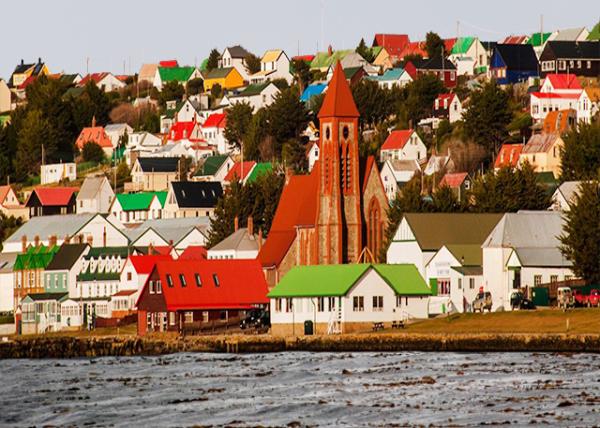 Stanley, Capital of Falkland Is, a Major Stop for Ships Navigating the Treacherous Straits of Magellan & a Base for Whaling & Sealing Operations Stanley, Capital of Falkland Is, a Major Stop for Ships Navigating the Treacherous Straits of Magellan & a Base for Whaling & Sealing Operations
(福克兰群岛首府斯坦利·航行于麦哲伦海峡危险水域船只的主要停靠站 | 捕捞鲸豹的基地) 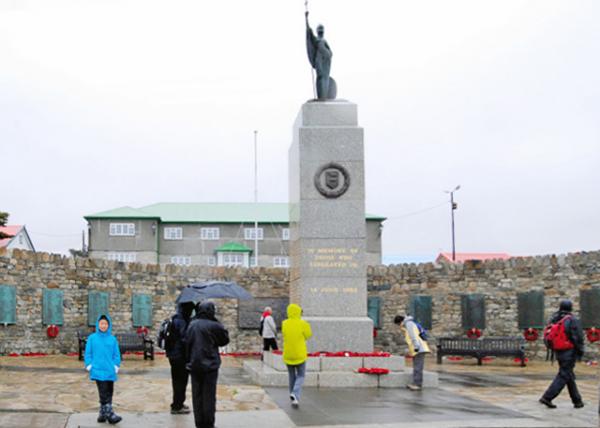 1982 Liberation Memorial Commemorating the British Forces in Liberating the Islands During the Falklands War 1982 Liberation Memorial Commemorating the British Forces in Liberating the Islands During the Falklands War
(1982年解放纪念碑·纪念马岛战争期间解放该群岛的英国军队 12-30-2012)
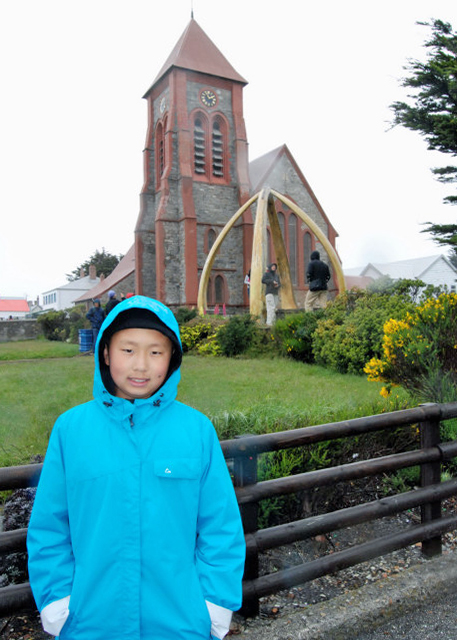
Christ Church Cathedral w/ a Whalebone Arch Constructed from the Jawbones of 2 Blue Whales, the Southernmost Anglican Cathedral in the World (基督大教堂·世上最南端的圣公会大教堂,拥有由两头蓝鲸颌骨建造的鲸骨拱门 12-30-2012) 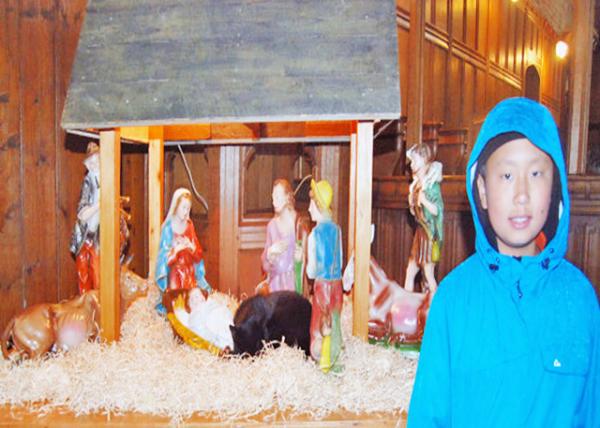 A Black Cat Slept w/ the Christ Child @ Christ Church Cathedral A Black Cat Slept w/ the Christ Child @ Christ Church Cathedral
(基督大教堂·黑猫睡在圣婴身边 12-30-2012) 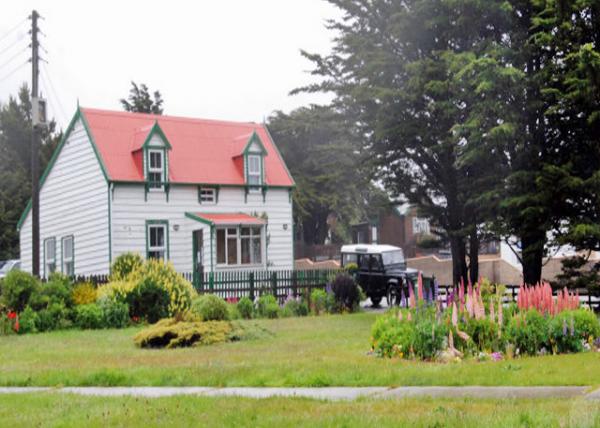 Residential Area (居民区) Residential Area (居民区)
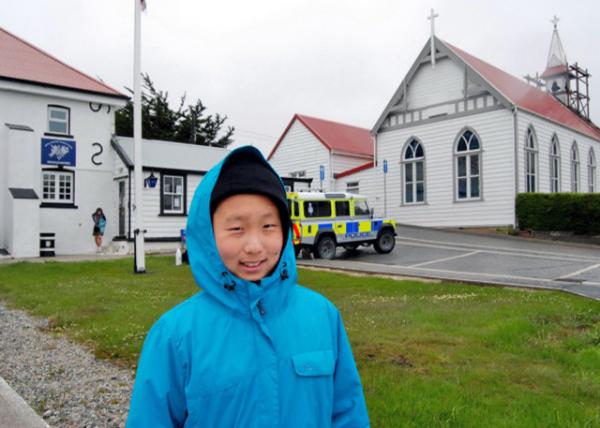 Police Station (警察署 12-30-2012) Police Station (警察署 12-30-2012)
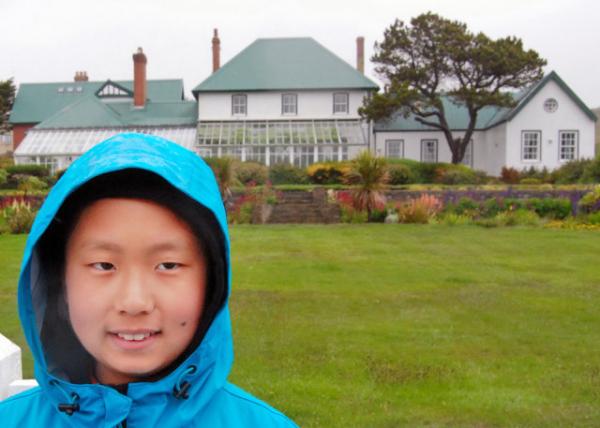 Government House (总督府 12-30-2012) Government House (总督府 12-30-2012)
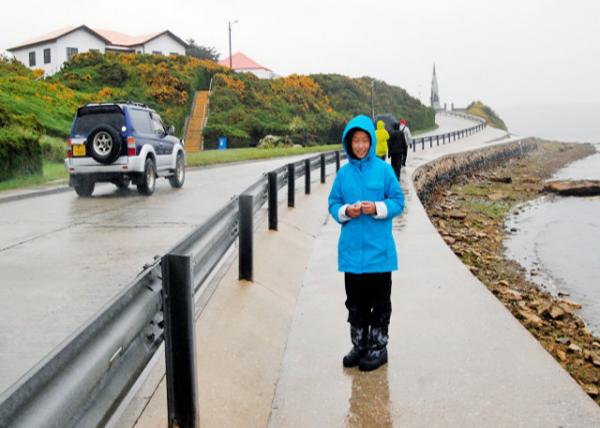 Ross Road (罗斯“海岬”路 12-30-2012) Ross Road (罗斯“海岬”路 12-30-2012)
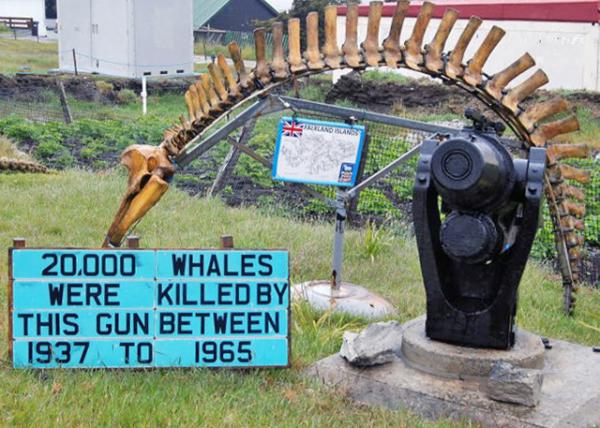 Whale Gun @ Falkland Islands Museum and National Trust Whale Gun @ Falkland Islands Museum and National Trust
(福克兰群岛博物馆和国家信托基金会·鲸鱼枪) 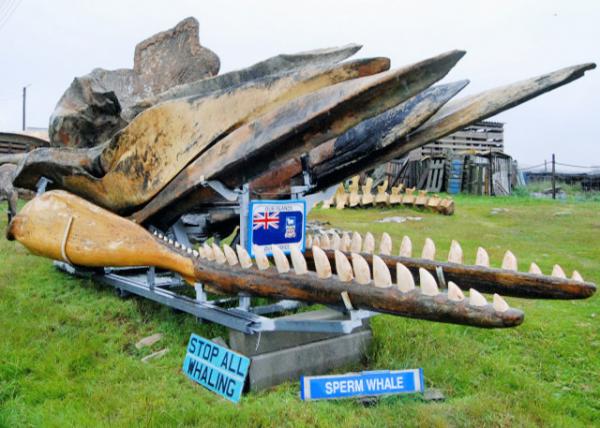 Sperm Whale Jaws @ Falkland Islands Museum and National Trust Sperm Whale Jaws @ Falkland Islands Museum and National Trust
(福克兰群岛博物馆和国家信托基金会·抹香鲸颚) 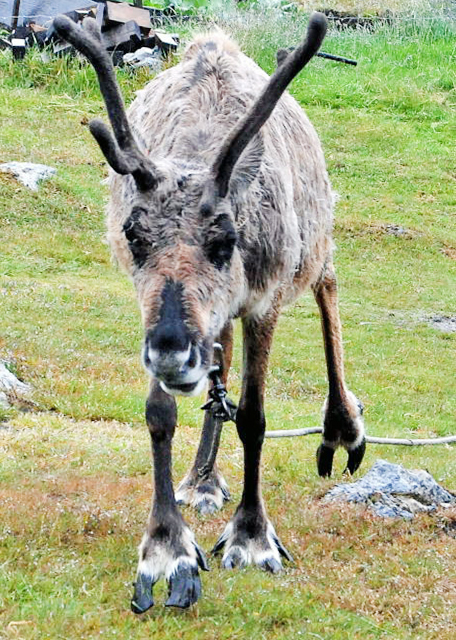
Skinny Reindeer (枯瘦如柴的驯鹿) 
British Red Post in Stanley (斯坦利·英式红邮筒)
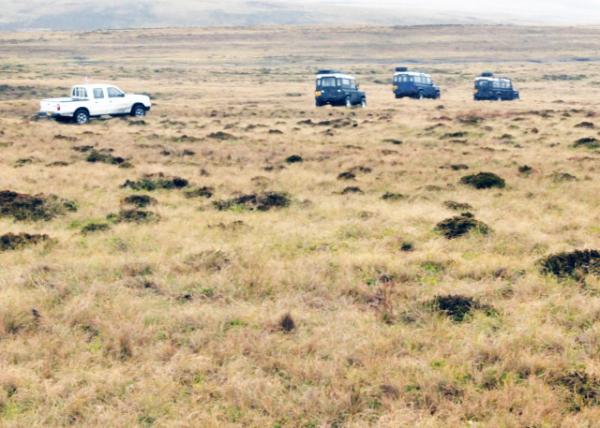 Pasture for Sheep in Virtually the Entire Land Area of the Islands Pasture for Sheep in Virtually the Entire Land Area of the Islands
(绵羊牧场·全岛几乎所有陆地面积) 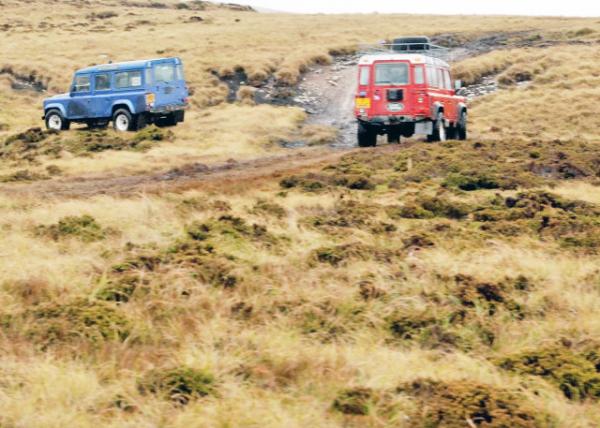 Diddle-Dee Shrubs (岩高兰灌木丛) Diddle-Dee Shrubs (岩高兰灌木丛)
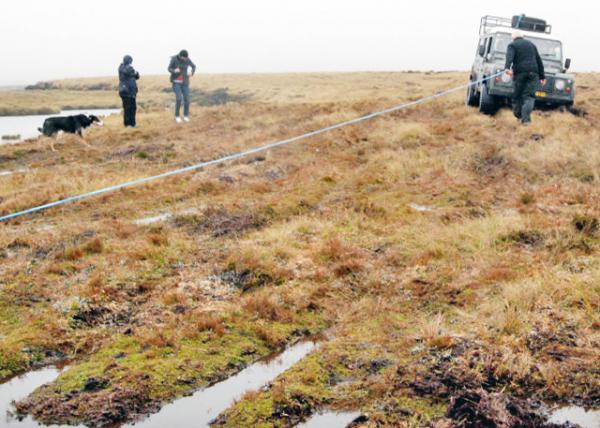 SUV Stuck in Peat Bogs @ Murrell Farm SUV Stuck in Peat Bogs @ Murrell Farm
(穆雷尔农场·运动型多用途汽车深陷泥炭沼泽) 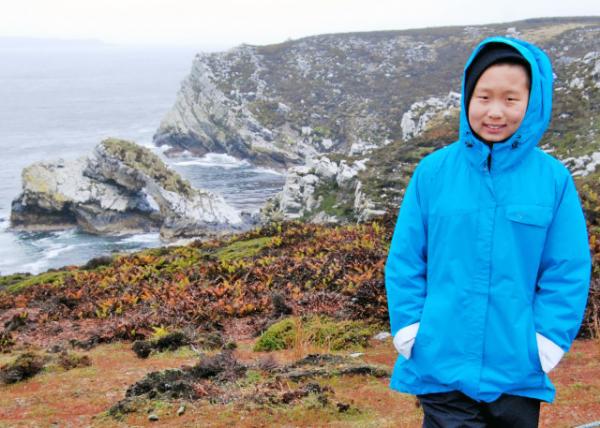 Telephone Rock (电话岩 12-30-2012) Telephone Rock (电话岩 12-30-2012)
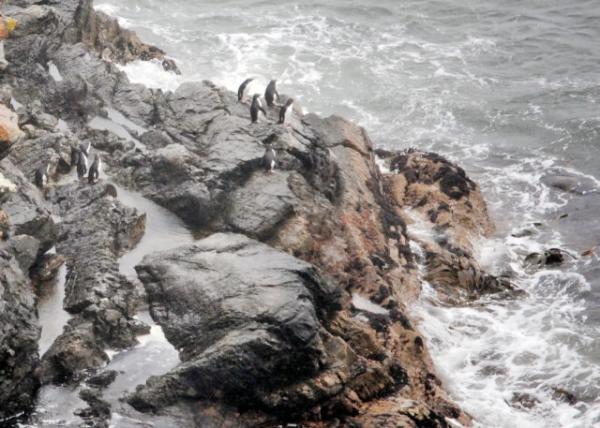 Berkeley Sound, an "Undulating Land, w/ a Desolate & Wretched Aspect" Berkeley Sound, an "Undulating Land, w/ a Desolate & Wretched Aspect"
(伯克利海峡·“起伏的土地,荒凉而凄惨”)
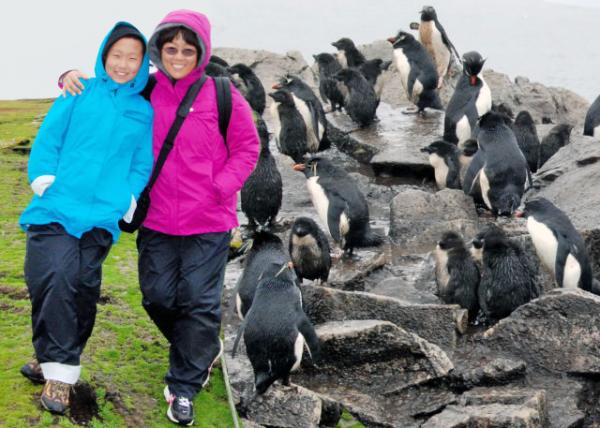 Rockhopper Penguin Colony Feeding on Squid, Shrimps, & Small Crabs @ Berkeley Sound Rockhopper Penguin Colony Feeding on Squid, Shrimps, & Small Crabs @ Berkeley Sound
(伯克利海峡·凤冠企鹅大本营,以鱿鱼、虾和小螃蟹为食 12-30-2013)
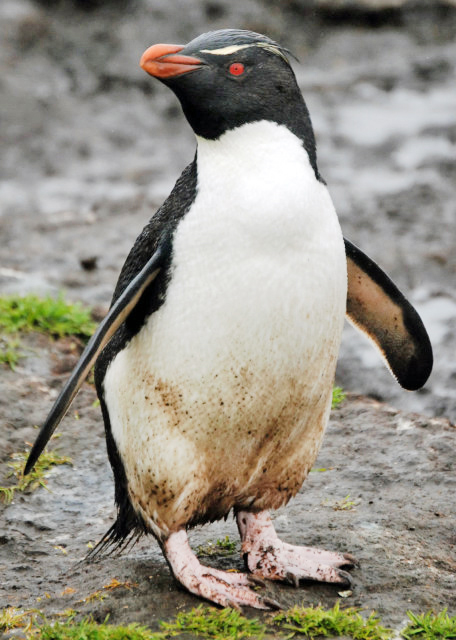
Rockhopper, the Smallest Falkland Penguin (凤冠企鹅·最小的福克兰企鹅) 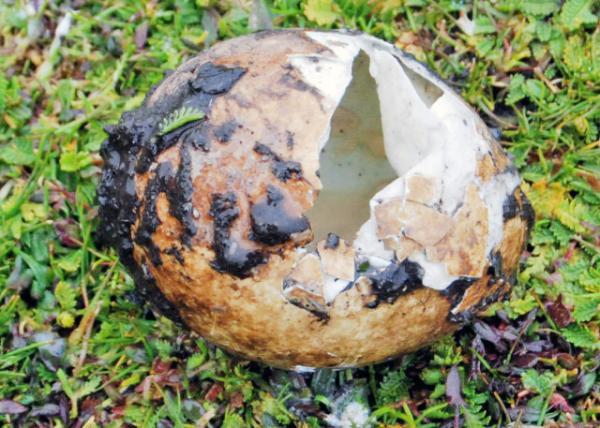 Rockhopper Penguin Egg (凤冠企鹅蛋) Rockhopper Penguin Egg (凤冠企鹅蛋)
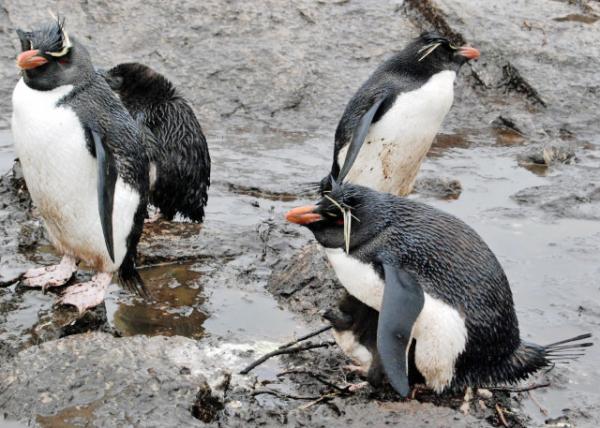 Rockhopper Penguin Chick under Mom's Belly Rockhopper Penguin Chick under Mom's Belly
(凤冠企鹅雏鸟依偎在妈妈腹下)
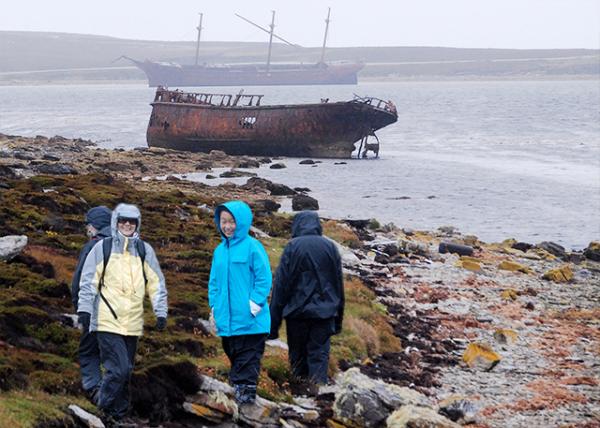 Trekking w/ Lady Elizabeth Shipwreck, an Old Whaler Wreck in Whalebone Cove off Stanley Trekking w/ Lady Elizabeth Shipwreck, an Old Whaler Wreck in Whalebone Cove off Stanley
(在斯坦利附近的鲸骨湾徒步穿越古老的“伊丽莎白夫人”号捕鲸沉船残骸 12-30-2012) 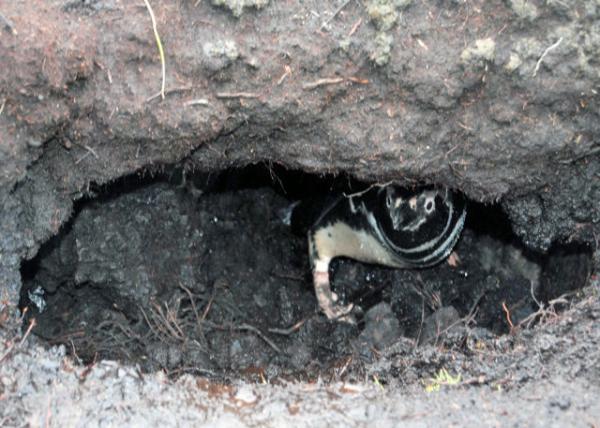 Magellanic Penguins Burrow (麦哲伦企鹅洞穴) Magellanic Penguins Burrow (麦哲伦企鹅洞穴)
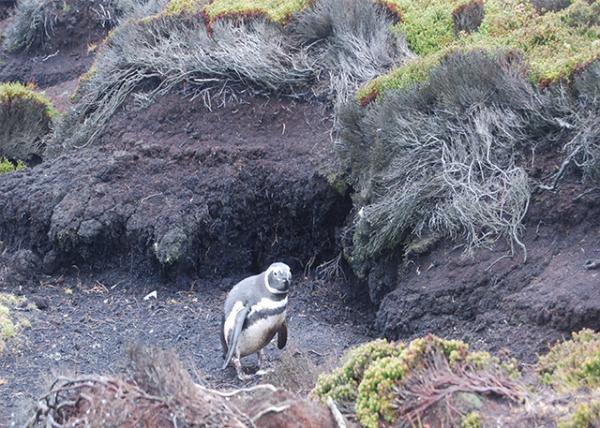 Magellanic Penguins w/ Burrow-Nesting Habit Magellanic Penguins w/ Burrow-Nesting Habit
(麦哲伦企鹅·习于洞穴筑巢) 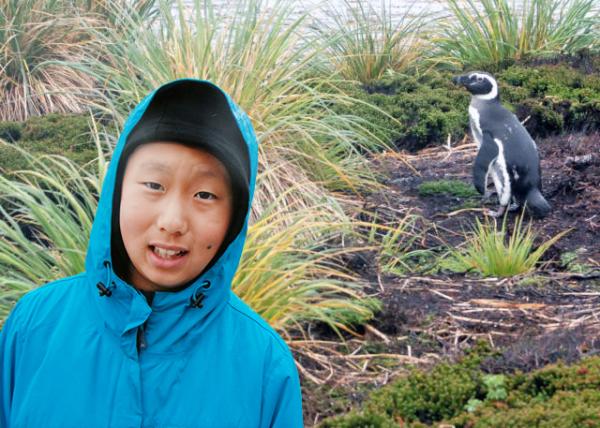 Gazed Magellanic Penguins Gazed Magellanic Penguins
(麦哲伦企鹅四处张望 12-30-2012) 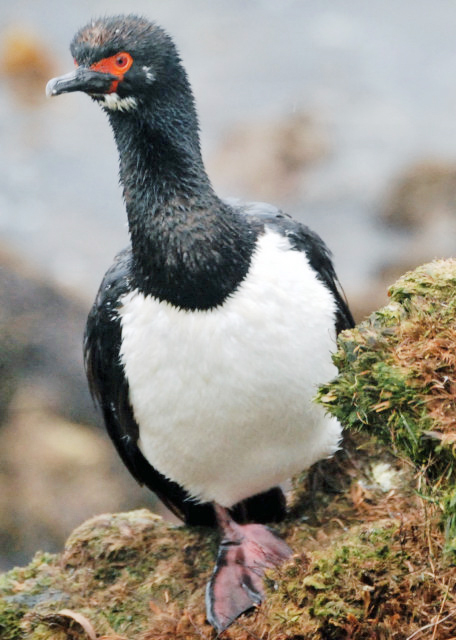
Rock Cormorant, Good for Deep Diving (岩鸬鹚·深海捕鱼能手) 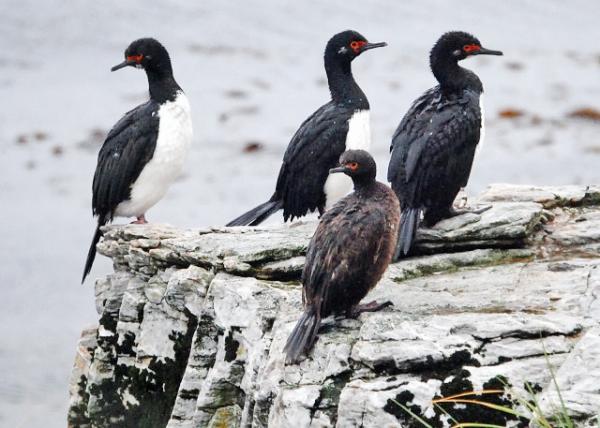 3 Rock Cormorants & a Juvenile (三只岩鸬鹚与其雏鸟) 3 Rock Cormorants & a Juvenile (三只岩鸬鹚与其雏鸟)
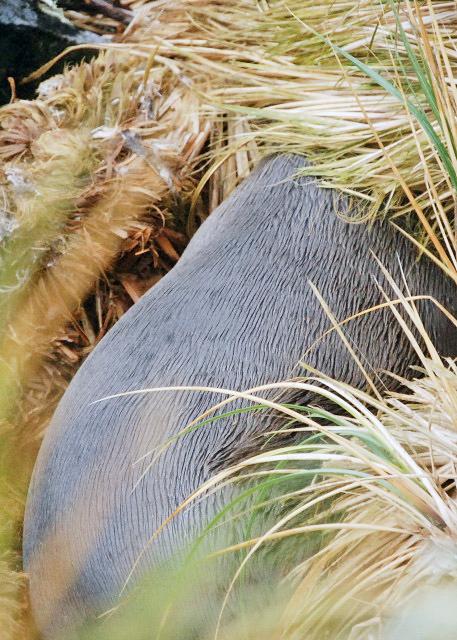
Hidden Sea Lion (藏身的海狮) 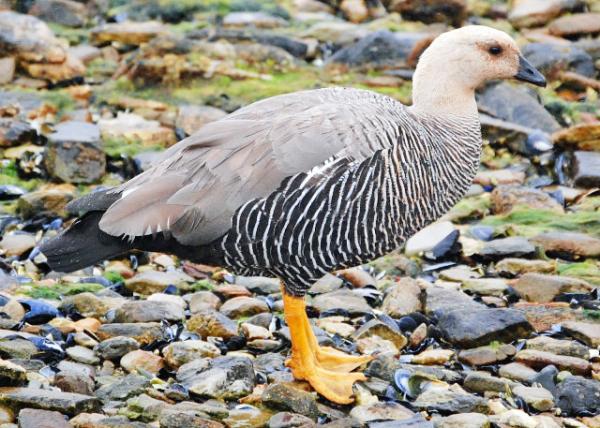 Female Steamer Duck, Flightless & Endemic to the Falkland Islands Female Steamer Duck, Flightless & Endemic to the Falkland Islands
(雌蒸鸭·不会飞且为福克兰群岛特有物种) 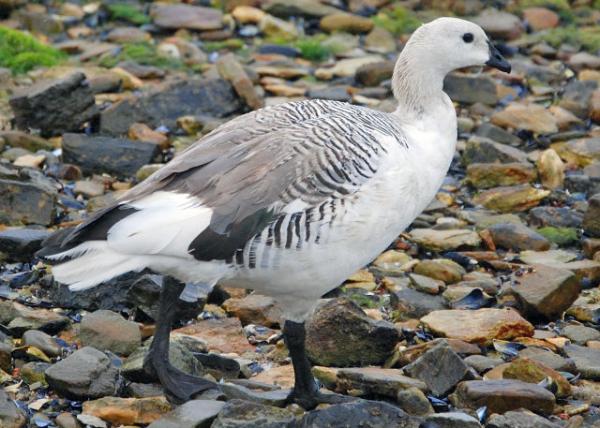
Male Steamer Duck in Sexual Dimorphism w/ Striking Differences Between Males & Females (雄蒸鸭·性别二态性) 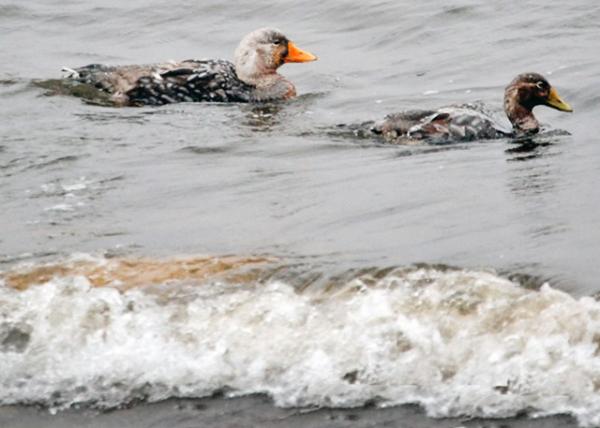 Steamer Couples (蒸鸭夫妻) Steamer Couples (蒸鸭夫妻)
 Mother Steamer Duck Yelled to a Malevolent Seagull Mother Steamer Duck Yelled to a Malevolent Seagull
(母蒸鸭向歹毒的海鸥发出警告) 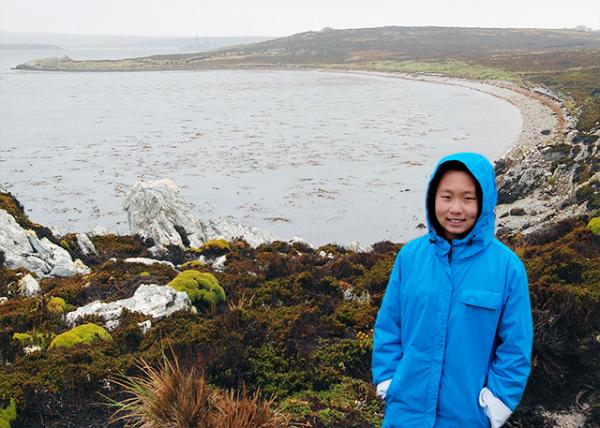 Seaweed & Rocks on the Shore of Port William Seaweed & Rocks on the Shore of Port William
(威廉“坚定保护者”港海岸的海藻和岩石 12-30-2012) 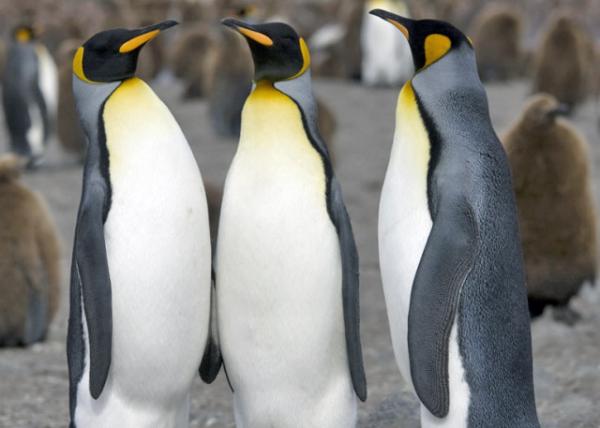 King Penguins (王企鹅) King Penguins (王企鹅)
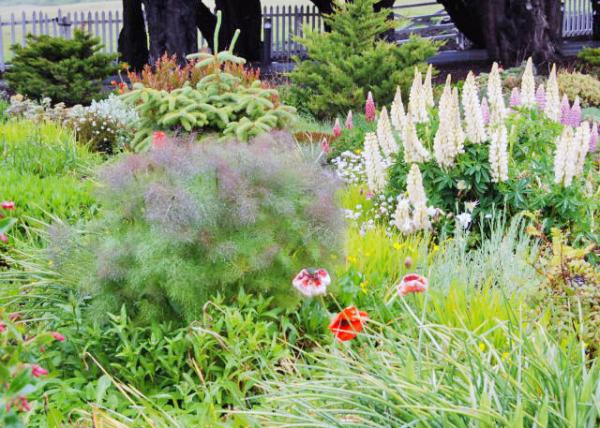 Flower Garden (花园) Flower Garden (花园)
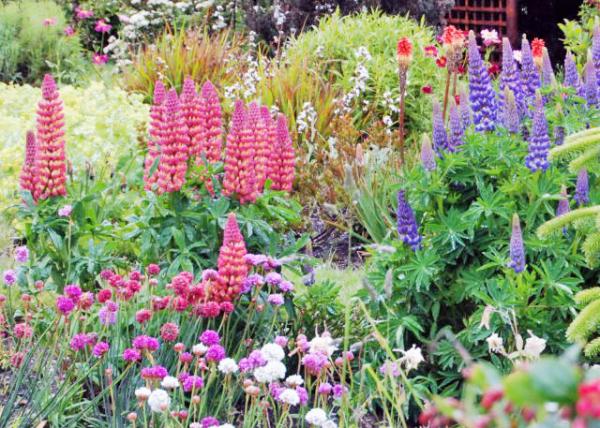 Fox Gloves (毛地黄) Fox Gloves (毛地黄)
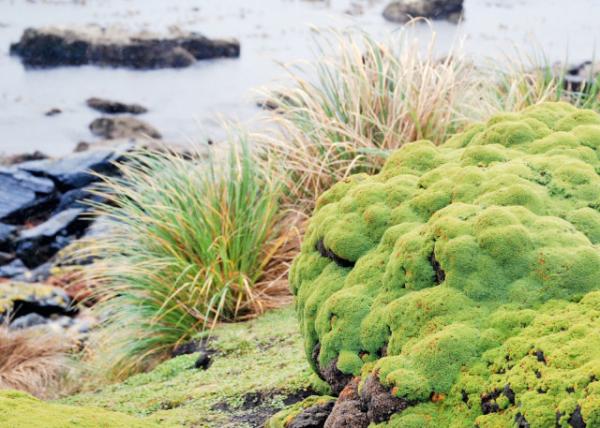 Yareta, a Unique, Cushion-Like Plant in S America Yareta, a Unique, Cushion-Like Plant in S America
(亚雷塔“旱芹”·南美独特的垫状植物)
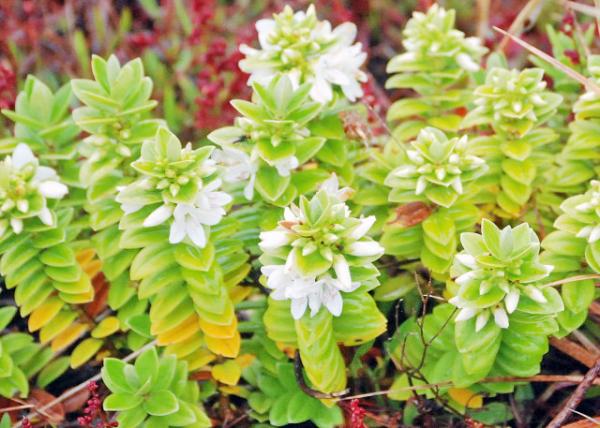 Snake Plant (虎尾兰) Snake Plant (虎尾兰)
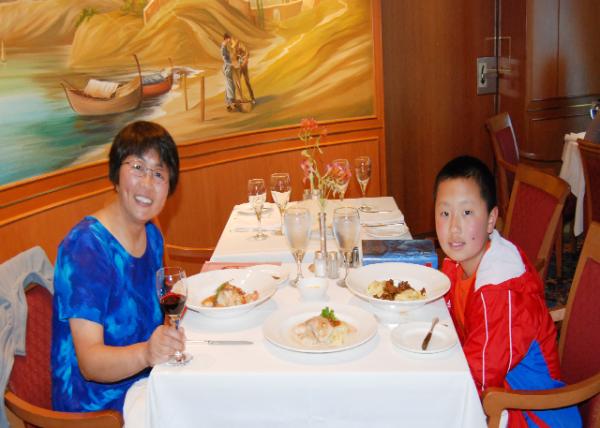 Dinner @ Star Princess Dinner @ Star Princess
(“公主·星辰”号游轮—晚餐 12-30-2012) Crosslinks(相关博文): Argentina(出游阿根廷)
South America(漂流南美洲) 小学四年级(4th Grade) |
